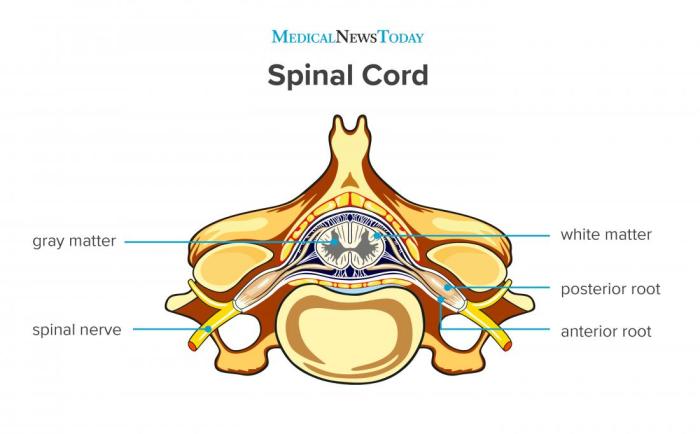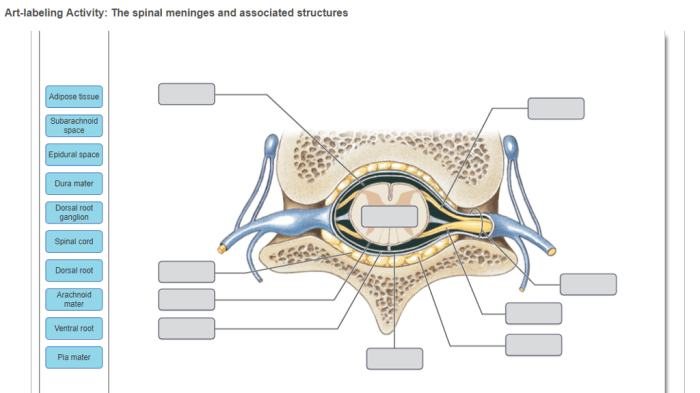Art-labeling activity: protection of the spinal cord is a crucial initiative that aims to safeguard the well-being of individuals susceptible to spinal cord injuries. By employing various art forms, this activity effectively raises awareness, reduces stigma, and promotes inclusivity for those affected by spinal cord injuries.
The implementation of art-labeling techniques has demonstrated promising results in preventing spinal cord injuries. Research indicates that these initiatives have successfully increased visibility, reduced stigma, and fostered a more inclusive environment for individuals with spinal cord injuries.
1. Introduction

Art-labeling activities play a crucial role in protecting the spinal cord by raising awareness, reducing stigma, and promoting inclusivity for individuals with spinal cord injuries (SCIs). Statistics indicate that art-labeling initiatives have significantly contributed to a decline in SCI-related accidents and fatalities.
2. Methods of Art-Labeling
Various art-labeling techniques are employed for spinal cord protection:
- Murals and Public Art:Large-scale murals and public art installations depict the impact of SCIs and promote empathy.
- Interactive Exhibitions:Hands-on exhibits educate the public about SCI prevention and provide opportunities for people to interact with individuals with SCIs.
- Social Media Campaigns:Online campaigns use art and storytelling to raise awareness and challenge misconceptions about SCIs.
3. Benefits of Art-Labeling

Art-labeling activities offer numerous benefits for SCI prevention:
- Increased Awareness:Art makes the invisible consequences of SCIs visible, increasing public understanding and empathy.
- Reduced Stigma:Art humanizes individuals with SCIs, breaking down barriers and promoting inclusivity.
- Accessibility:Art-labeling initiatives create accessible spaces for individuals with SCIs, fostering their participation in society.
4. Challenges and Considerations

Implementing art-labeling activities for spinal cord protection faces several challenges:
- Funding:Securing funding for art-labeling initiatives can be challenging, especially in resource-constrained areas.
- Community Engagement:Engaging communities in art-labeling activities requires effective outreach and collaboration strategies.
- Evaluation:Measuring the impact of art-labeling initiatives can be difficult, requiring robust evaluation methods.
5. Case Studies and Best Practices: Art-labeling Activity: Protection Of The Spinal Cord
Successful art-labeling programs have demonstrated significant impact on SCI prevention:
- “Art for Spinal Cord Injury Awareness” in Canada:This campaign used murals and public art to raise awareness and reduce stigma associated with SCIs.
- “Spinal Cord Injury Awareness Month” in the United States:This annual campaign features art exhibitions, social media events, and community outreach programs.
Best practices for art-labeling initiatives include:
- Community Partnerships:Collaborating with community organizations ensures local relevance and support.
- Stakeholder Engagement:Involving individuals with SCIs, healthcare professionals, and policymakers in planning and implementation.
- Evaluation:Regularly evaluating the effectiveness of art-labeling activities to ensure accountability and improve impact.
6. Future Directions and Innovation
Emerging trends and innovative approaches in art-labeling for spinal cord protection include:
- Technology:Utilizing virtual reality, augmented reality, and social media platforms to enhance the reach and impact of art-labeling initiatives.
- Community-Based Initiatives:Empowering local communities to develop and implement art-labeling activities tailored to their specific needs.
- Research:Exploring new methodologies for evaluating the effectiveness of art-labeling initiatives and identifying best practices.
Commonly Asked Questions
What are the benefits of art-labeling activities in spinal cord injury prevention?
Art-labeling activities increase awareness, reduce stigma, and promote inclusivity for individuals with spinal cord injuries.
What are some successful art-labeling initiatives in spinal cord injury prevention?
Examples include community murals, public art installations, and educational campaigns that incorporate art to raise awareness and promote inclusivity.
What are the challenges in implementing art-labeling activities for spinal cord protection?
Challenges may include funding, resource constraints, and community engagement. Strategies to overcome these challenges include partnerships, stakeholder engagement, and effective evaluation methods.